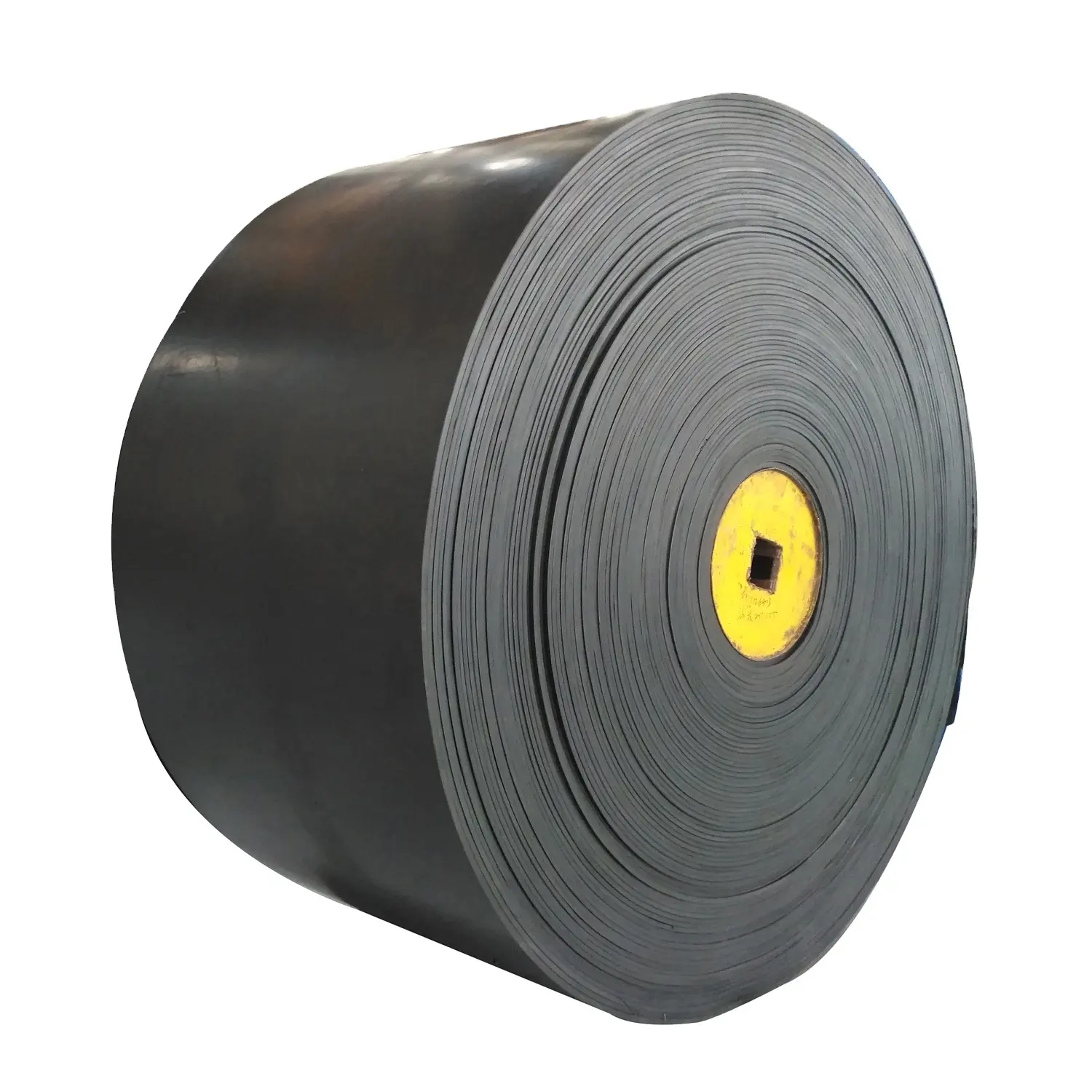The food processing industry is ripe with product recalls, most often due to bacterial contaminants that spread through poorly inspected product or because of product contamination by dirty processing equipment. With widespread coronavirus concerns, especially in meat processing plants, there is a stronger demand than ever for safer, more hygienic practices throughout the food industry. Belt Technologies, Inc., manufacturer of custom metal belt conveyor solutions and conveyor systems for more than five decades, provides a hygienic solution: solid stainless steel belts and conveyor systems.
“Product recalls can be devastating for manufacturers and consumers,” said Mike Loomer, business development manager for the Americas. “And inferior equipment materials, such as plastic or rubber conveyor belts, can represent a needless risk to product quality. Incorporating stainless steel components into food processing equipment reduces such risk.”
Loomer explained that due to aging and repeated use, plastic and rubber belts can fray and generate particulates that can directly contaminate food, and are also susceptible to physical damage including pits, divots and cracks where chemicals, allergens or contagions can fester. They can also outgas (emit fumes), affecting food flavor. In comparison, solid stainless steel conveyor systems provide hygienic surfaces that are more sanitary and do not affect food quality.
“Metal conveyor belts do not require lubrication and do not outgas, so there is no risk to product flavor,” said Loomer. “Their solid, non-porous surface is resistant to bacteria, providing an overall cleaner surface area for transporting edible materials. They are also much easier to clean and sanitize.”
Because endless metal belts are resistant to high temperatures and corrosion, the conveyor systems can easily be cleaned with chlorine, high-pressure steam or most other washing methods. Stainless steel can also handle extreme temperatures, making it ideal to use in cooking or freezing processes.
“The use of stainless steel belts in an automated food processing system helps guarantee sanitary, efficient and reliable product quality results,” said Loomer. “Our engineers can design metal belts to fit into and upgrade an existing automated food processing system, or help fabricate a custom solution. Endless metal belts consistently deliver exceptional results in the safe cooking, freezing and handling of edible products any time, but especially in response to today’s heightened hygiene concerns.”
In addition to the food processing industry, Belt Technologies’ sophisticated engineering, advanced manufacturing processes, and unlimited custom designs can suit any application. For more information, visit belttechnologies.com.

You must have JavaScript enabled to enjoy a limited number of articles over the next 30 days.
Sponsored Content is a special paid section where industry companies provide high quality, objective, non-commercial content around topics of interest to the Food Safety Magazine audience. All Sponsored Content is supplied by the advertising company and any opinions expressed in this article are those of the author and not necessarily reflect the views of Food Safety Magazine or its parent company, BNP Media. Interested in participating in our Sponsored Content section? Contact your local rep!
Live: April 17, 2024 at 11:00 am EDT: In this webinar, attendees will learn how wet sanitation can become safer and more sustainable by either redesigning or modifying the seven-step cleaning process.
Live: April 25, 2024 at 2:00 pm EDT: From this webinar, attendees will learn how pathogens like Listeria, Salmonella, and E. coli can impact your food safety program and what you can do now to prevent long downtimes or a crisis for your organization.
Live: April 30, 2024 at 3:00 pm EDT: Join our webinar to explore these critical issues and learn actionable solutions to efficiently manage maximum residue levels (MRLs).
Trends in Food Safety and Protection explores the recent developments and ongoing research in the field of food safety and protection. The book covers improvements in the existing techniques and implementation of novel analytical methods for detecting and characterizing foodborne pathogens.
Copyright ©2024. All Rights Reserved BNP Media.
Design, CMS, Hosting & Web Development :: ePublishing



